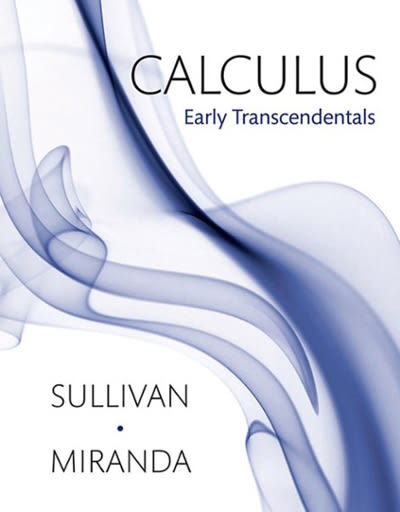Question
Sampling strategy State your research hypothesis or guiding research question: Hypothesis or question details What are the variables you will be collecting data about? Hypothesis:
Sampling strategy
State your research hypothesis or guiding research question:
Hypothesis or question details
What are the variables you will be collecting data about?
Hypothesis:
A hypothesis should be in the form of a statement, not a question. A clearly stated hypothesis should make it obvious what the unit of analysis is. Your hypothesis should include two variables and the relationship between them that you expect to find when doing the research. Variables have variation; they have two or more attributes. Your hypothesis should usually make some kind of comparison between units with different attributes (for example, males versus females or older people versus younger people). Hypotheses usually include some comparative term, such as more, less, higher or lower. Social science hypotheses are probabilistic. That is they usually say something along the lines of "on average," "more likely" or "have a lower probability." This is because there are seldom any social characteristics that apply to every single person in a socially defined group.
| Variable | Name | Attributes |
| Independent Variable (example): | Curriculum type | Common Core vs non-Common Core |
| Your Independent Variable: | ||
| Dependent Variable (example): | Academic performance | Number of 'A' grades received throughout high school (exact number) |
| Your Dependent Variable: |
Research Questions
A good research question makes it clear who or what is being studied. Your unit of analysis should be reflected in the research question (and vice versa). The question should also refer to one or more variables. A good research question opens the door to understanding how these vary and what the sources of the variation might be. A good research question should not have a yes or no answer.
Copy or add rows as needed.
| Unit of study | What do you want to know about these units? | How do you think the answers of different people will differ? |
State the unit of analysis.
In order to answer these questions you must read the Fink chapter on sampling. (Also review the Patten section on Sampling). You must understand the sampling vocabulary.
What is the theoretical population of interest?
What will the study population be?
What would a reasonable sampling frame be for this population?
(This should be a list or other source of elements that actually exists even if you can't actually get a copy.) If no sampling frame is available, how would you create one? Or what will you do instead?
What type of sampling strategy would you use? Why?
Some possibilities are simple random sample, systematic sample, cluster sample, quota sample, chain referral (snowball sample), and judgement sample.) Justify this choice with a quote from Fink and/or Patten.
How many elements will you select for your sample?
Remember this is essentially asking you for the sample size.
Dealing with non response and other problems
What will you do if someone refuses to participate, has moved or is otherwise unavailable for the study? What about people who are not available when you plan to collect data from them (for example if they are absent from school, not home, or don't show up for an appointment)? Some issues to think about: How many times will you attempt to contact someone before giving up? How will you make sure you get a big enough sample even if some people refuse, are missing or don't participate for other reasons? (Note: In research it is essential to plan for problems before they happen.)
my proposal is the effect of internet addiction among college students vs, non college students.....fill in the table and answer questions.
















Step by Step Solution
There are 3 Steps involved in it
Step: 1

Get Instant Access to Expert-Tailored Solutions
See step-by-step solutions with expert insights and AI powered tools for academic success
Step: 2

Step: 3

Ace Your Homework with AI
Get the answers you need in no time with our AI-driven, step-by-step assistance
Get Started


